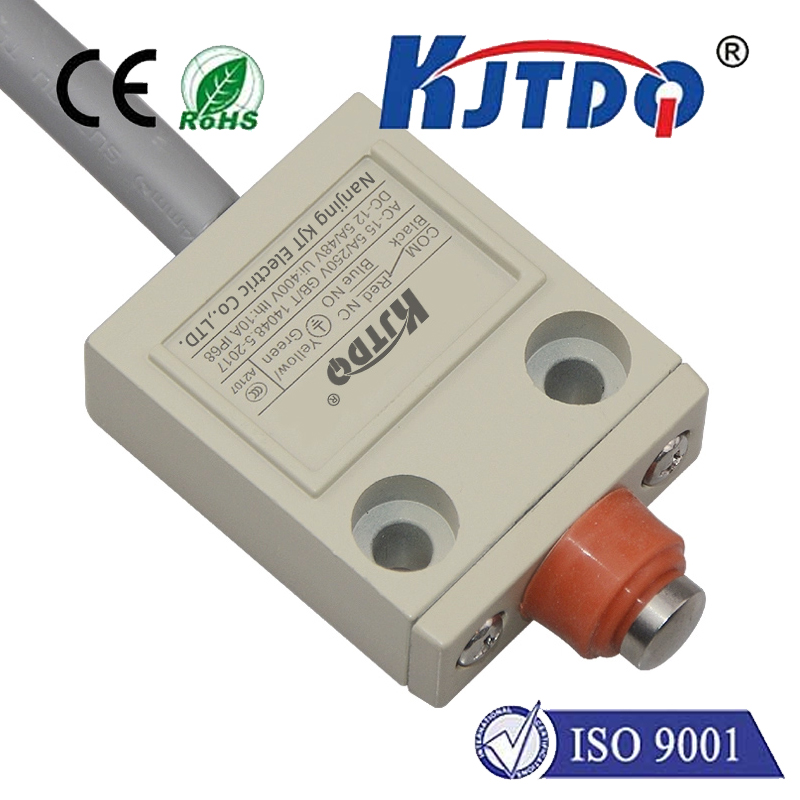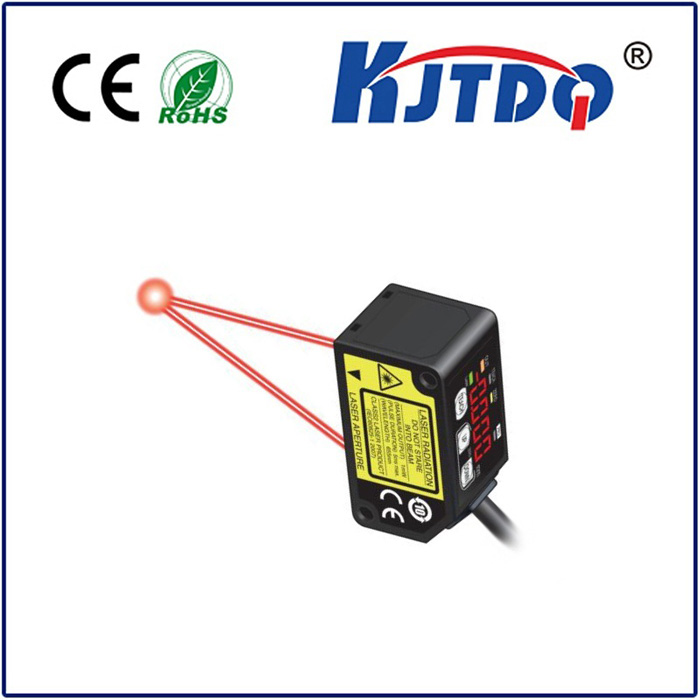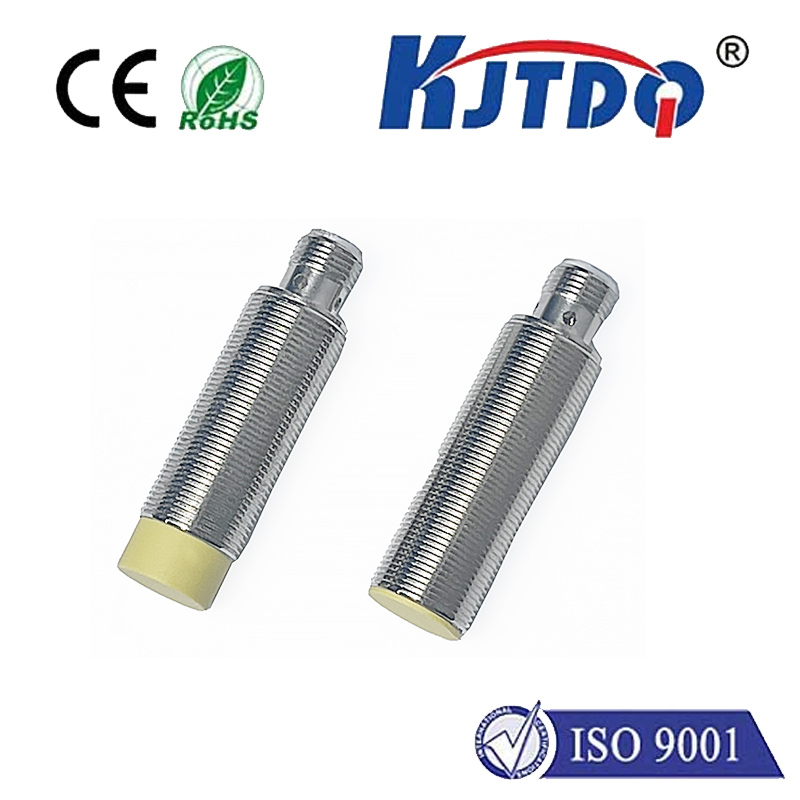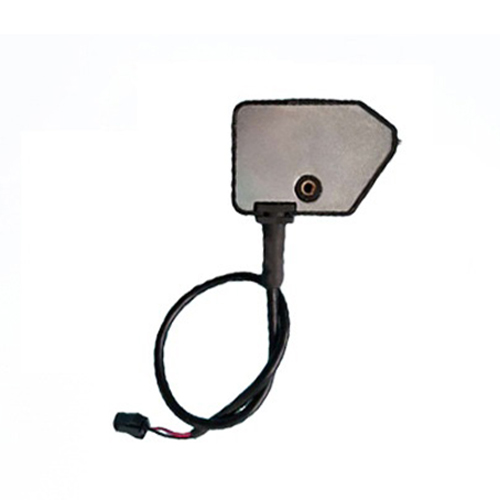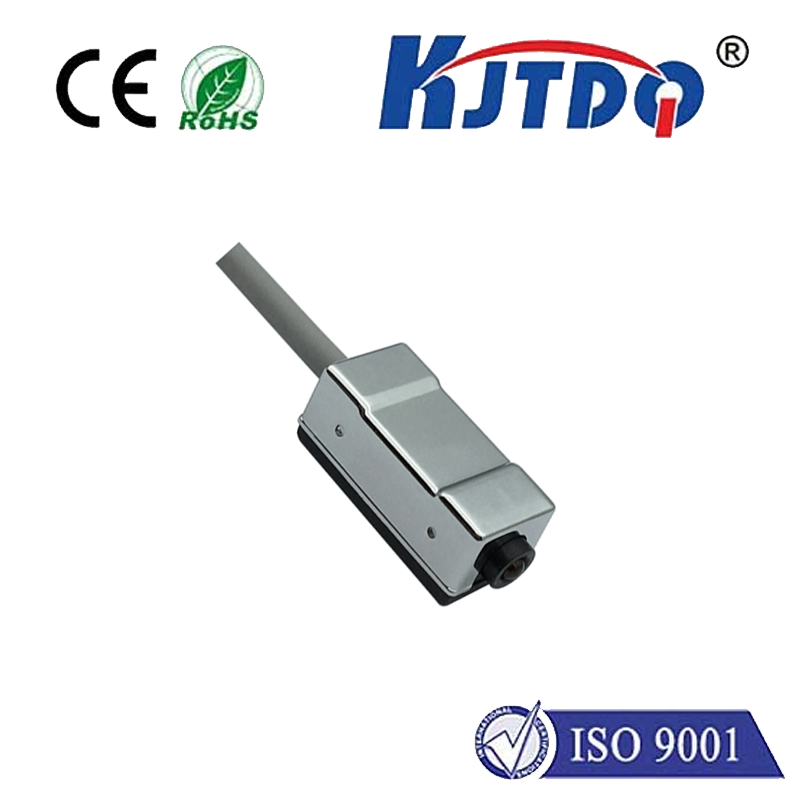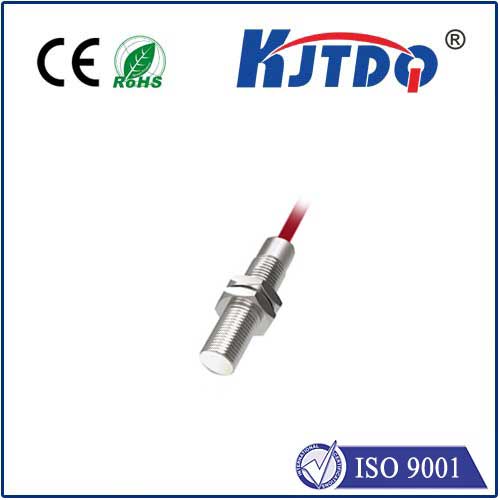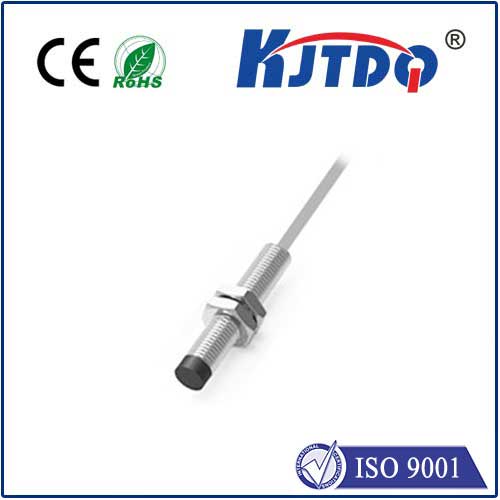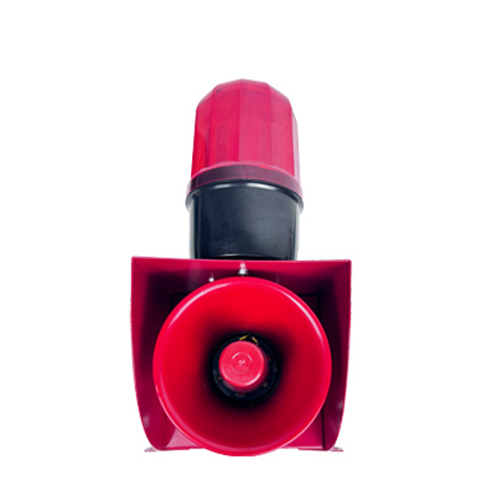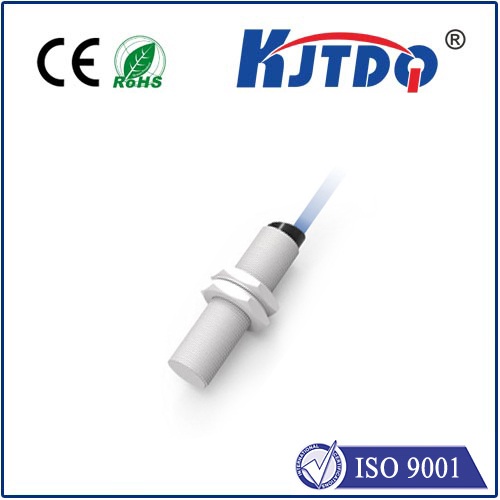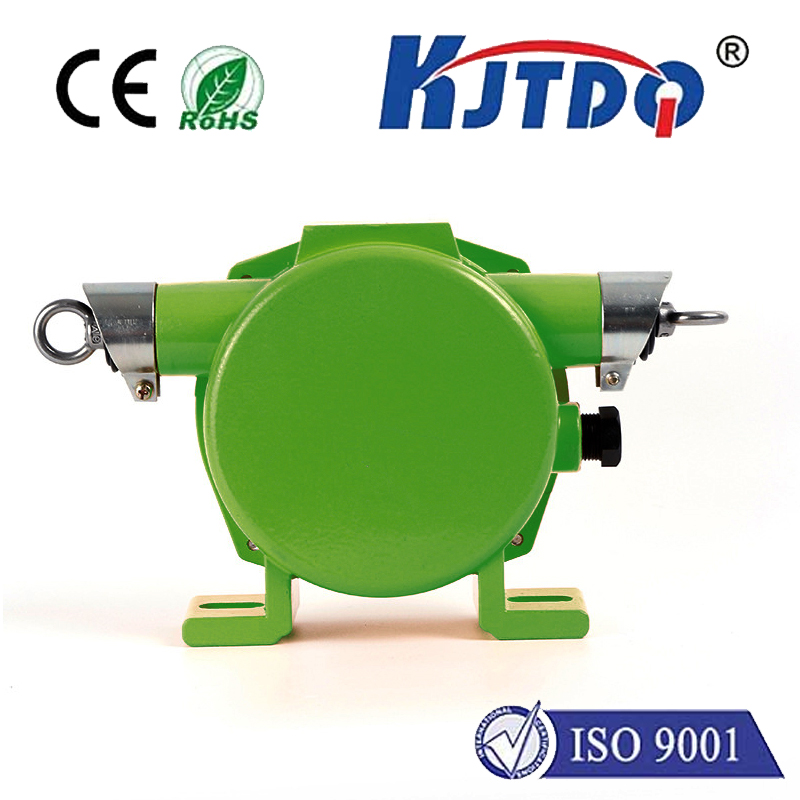jenis jenis proximity sensor
- time:2025-07-11 01:03:25
- Нажмите:0
Jenis-Jenis Proximity Sensor: Mengenal Ragam dan Prinsip Kerjanya untuk Aplikasi Optimal
Ever walked through an automatic door without touching it? Or received a warning when parking too close to an obstacle? Chances are, a датчик приближения made it happen. These ingenious devices are the silent workhorses of modern automation and electronics, detecting the presence or absence of objects nearby without physical contact. Understanding the jenis jenis proximity sensor (types of proximity sensors) is crucial for engineers, technicians, and hobbyists alike, enabling the selection of the perfect tool for countless industrial, automotive, safety, and consumer applications. Let’s delve into the fascinating world of these non-contact detection marvels.
The Essence of Proximity Sensing
At their core, all proximity sensors operate on the principle of detecting changes in a field or signal caused by a target object entering their sensing range. This “field disturbance” triggers the sensor’s output state to change (e.g., switching from OFF to ON). The cara kerja (working principle) differs significantly based on the underlying technology, leading to distinct jenis sensor proximity with unique advantages, limitations, and ideal use cases. Key factors defining a sensor’s suitability include the target material, required sensing distance, environmental conditions (dust, moisture, temperature), response speed, and output type (e.g., NPN, PNP, analog).

Exploring the Main Jenis Proximity Sensor
- Inductive Proximity Sensors (Sensor Induktif)
- Prinsip Kerja: These sensors generate an oscillating electromagnetic field. When a metallic target (typically ferrous metals like iron or steel, though non-ferrous metals like aluminum or copper with reduced range) enters this field, it induces eddy currents within the target. This causes a measurable energy loss within the sensor’s oscillator circuit, triggering the output switch.
- Karakteristik Utama: Highly reliable, robust, and largely unaffected by dust, dirt, oil, or non-metallic objects. Ideal for detecting metal parts in harsh industrial environments (machine tools, conveyors, automotive assembly). Sensing range is relatively short (millimeters to a few centimeters) and depends heavily on the target metal type and size. They only detect metals.
- Capacitive Proximity Sensors (Sensor Kapasitif)
- Prinsip Kerja: These sensors function like an open capacitor. One plate is the sensor face, and the other is the ground (or sometimes a separate reference electrode). The sensor generates an electrostatic field. When any object (metallic, non-metallic, liquid, powder, or granular materials) with sufficient dielectric constant enters this field, it alters the capacitance. This change is detected, triggering the output.
- Karakteristik Utama: Versatile as they detect a vast range of materials: plastics, wood, glass, liquids, paper, food products, etc. Often used for level detection (liquids in tanks, granules in hoppers), presence detection of non-metals, or in packaging lines. Can be affected by environmental factors like humidity and moisture on the sensor face. Sensing range is generally comparable to inductive sensors.
- Ultrasonic Proximity Sensors (Sensor Ultrasonik)
- Prinsip Kerja: These sensors emit high-frequency sound waves (ultrasonic pulses, typically 20 kHz to several hundred kHz). They then listen for the echo reflected off a target object. The time interval between pulse emission and echo reception (time-of-flight) is measured to calculate the distance to the target. They can operate on through-beam (separate emitter/receiver) or reflective (emitter and receiver in one unit bouncing sound off a target) modes.
- Karakteristik Utama: Effective for detecting objects of various materials, shapes, colors, and surface properties (shiny, transparent, matte), including liquids. Suitable for longer sensing ranges (centimeters to several meters), level measurement, object counting, and presence detection. Performance can be influenced by temperature, air turbulence, and highly absorbent or angled surfaces. Generally slower response time than inductive or capacitive types.
- Photoelectric (Optical) Proximity Sensors (Sensor Fotolistrik)
- Prinsip Kerja: These sensors use light (visible, infrared, or laser) to detect objects. The core principle involves a light emitter and a receiver. The presence of an object interrupts or reflects the light beam, changing the amount of light reaching the receiver and triggering the output. Common modes include:
- Through-beam: Object breaks the beam between separate emitter and receiver units (longest range, highest reliability).
- Retro-reflective: Object breaks the beam reflected off a dedicated reflector back to the sensor (mounted on one side).
- Diffuse reflective: Sensor emits light and the object reflects some back to the receiver integrated in the same housing. Sensing distance is shortest and depends on object reflectivity.
- Karakteristik Utama: Capable of very fast detection and long sensing ranges (especially through-beam). Detect virtually any object that interrupts or reflects the light beam. Applications include object counting, part presence on conveyors, bottle filling level, and registration control. Performance can be hindered by dirt/contamination on lenses, ambient light interference, and transparency/color of target objects.
- Magnetic Proximity Sensors (Sensor Magnetik / Reed Switch)
- Prinsip Kerja: These sensors detect the presence of a permanent magnet. The most common type uses a reed switch: two ferromagnetic, sealed reeds inside a glass tube. When a magnet moves into the sensor’s range, the magnetic field causes the reeds to attract and close the electrical circuit. Solid-state versions (Hall effect sensors) detect changes in magnetic field strength electronically.
- Karakteristik Utama: Simple, highly reliable when sealed, low power consumption. Often used for position sensing (e.g., detecting open/closed state of doors or windows, cylinder piston position in pneumatic systems) where a magnet can be mounted on the moving part. Limited to detecting magnets specifically. Sensing range is typically very short.
Choosing the Right Jenis Sensor Proximity: Factors to Consider
Selecting the optimal датчик приближения hinges on a careful analysis of your specific application:
- Target Material: Metal? Plastic? Liquid? Wood? This immediately narrows down choices (e.g., inductive for metal, capacitive for non-metals).
- Sensing Range: How far away does the object need to be detected?
- Operating Environment: Is it exposed to dust, oil, moisture, chemicals, extreme temperatures, or vibration?
- Required Response Speed: How fast does the detection need to be? (Photoelectric and inductive are generally fastest).
- Output Type & Power Supply: What electrical interface is needed (e.g., NPN, PNP transistor, analog voltage/current)? What voltage supply is available (DC, AC)?
- Size and Mounting Constraints: How much physical space is available?
- Cost: Budget limitations for the project.
Penerapan Umum Sensor Proximity (Common Applications)
The versatility of proximity sensors ensures they are ubiquitous:
- Automotive: Gear position detection, brake pedal position, anti-lock braking systems (ABS) wheel speed, parking sensors, seat occupancy detection.
- Manufacturing & Automation: Object detection on conveyors, part positioning in assembly machines, robotic end-effector sensing, machine guarding, liquid/powder level control in tanks/silos, counting objects.
*

